Aladdin Sane by David Bowie
Buy Aladdin Sane The sixth studio album by David Bowie, 1973’s Aladdin Sane furthers the narrative, begun on the previous year’s hit album The Rise and Fall of Ziggy Stardust and the Spiders […]
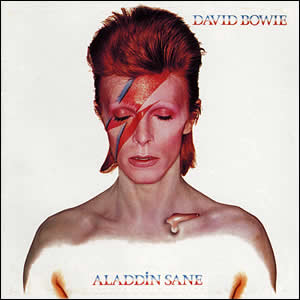
Buy Aladdin Sane The sixth studio album by David Bowie, 1973’s Aladdin Sane furthers the narrative, begun on the previous year’s hit album The Rise and Fall of Ziggy Stardust and the Spiders […]
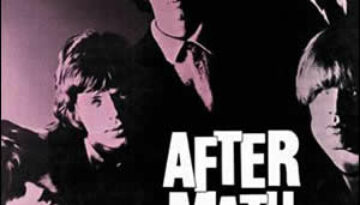
Buy Aftermath Although it was their fourth album released in Britain and their sixth album released in America, Aftermath was really the second “true” album by The Rolling Stones, following 1965’s Out Of […]

Buy About Face There are some musical creations that are astoundingly forgotten. David Gilmour’s 1984 solo album, About Face, is one of these. This is sad considering it just might be one of […]

Buy Abbey Road Short of careers cut short by tragedy, there are very few times in rock history where a band or artist finished with their greatest work. Abbey Road, the eleventh and […]
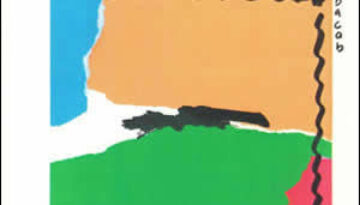
Buy Abacab Genesis continued their incremental migration from prog to pop rock with their eleventh studio album, Abacab, released in 1981. The compositions here make heavy use of sequencers and studio techniques, combined […]
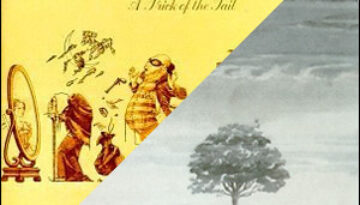
Buy A Trick of the Tail Buy Wind & Wuthering We love Genesis here at Classic Rock Review. Although, this is certainly not evident by our treatment of the band so far in […]
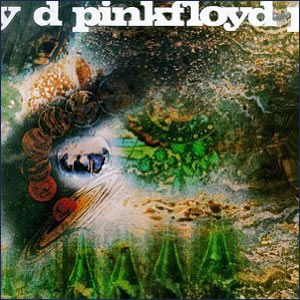
Buy A Saucerful of Secrets A Saucerful of Secrets is the only album by Pink Floyd to feature all five group members. This was due to the album being recorded before (late 1967) […]
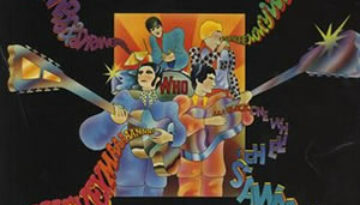
Buy A Quick One The Who‘s second album is widely regarded as the pivotal album for the group due to their rapid departure from the R&B/pop formula featured on the band’s debut, My […]
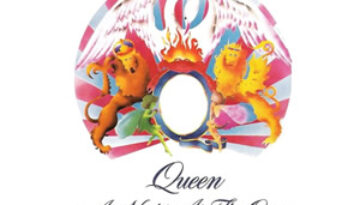
Buy A Night at the Opera Queen really reached for the stars with the production and release of their fourth album, A Night at the Opera in 1975. At the time it was […]
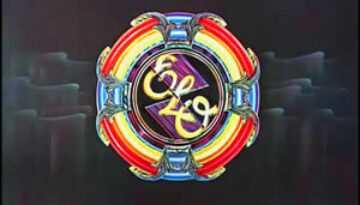
Buy A New World Record The sixth overall album for Electric Light Orchestra (E.L.O.), A New World Record would become the band’s breakthrough worldwide. Lead singer, chief songwriter, and producer Jeff Lynne later […]